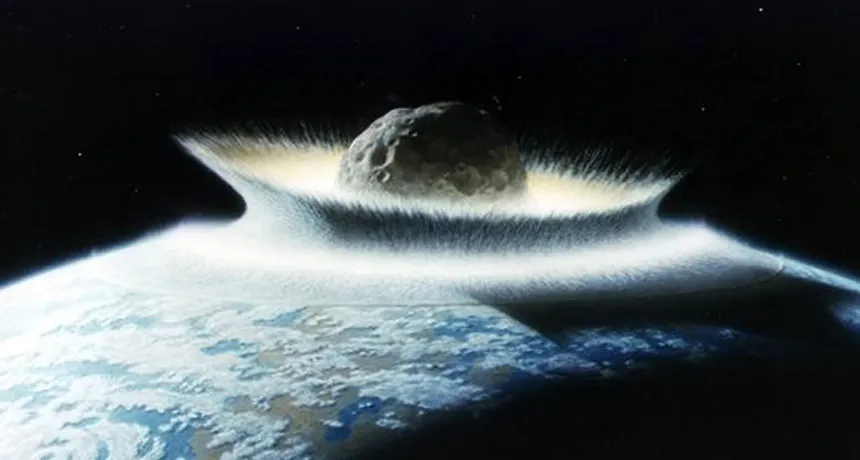Eighth century carbon spike not from comet impact

A large comet impact, as this artist's impression shows, could not have caused the carbon-14 spike that occurred around A.D. 775.
Don Davis/NASA

A large comet impact, as this artist's impression shows, could not have caused the carbon-14 spike that occurred around A.D. 775.
Don Davis/NASA